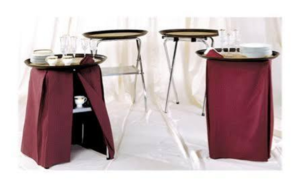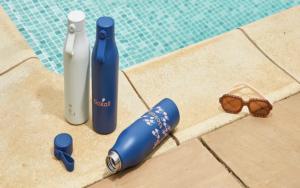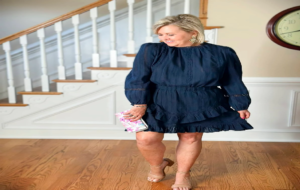10 tips for choosing the right winter coat

Are you coming to Quebec soon or have you recently settled there? Even if winter is just starting in a few months, you are already wondering how you are going to choose the most suitable coat for the cold in Quebec. Above all, don’t worry! Here’s a handy 10-point guide to help you choose the right winter coat.
Shop at an outdoor store
If you shop in a boutique specializing in the outdoors, you are sure to find quality coats, adapted to the Quebec winter and to receive expert advice on insulation, waterproofing and shell. . We will analyze your needs and take the time to find you the coat that will best meet your needs.
The lifestyle
Rather urban: If you travel to work by bus, the time spent outdoors will influence the desired heat level. In this case, choose a relatively long coat to protect yourself from the wind. If you are traveling by car, opt for a three-quarter jacket in which you will feel more comfortable while driving. More outdoors: if you are more winter sports, a warm, light and breathable coat is preferable.
The composition
Down coats are expensive but they are the warmest and most durable. Down is the ultimate insulator. In general, 80% down and 80% feathers are recommended. On the other hand, once wet, the down insulates less well and takes time to dry. Also, if you have allergies, down may not be right for you. Synthetic fibers: unlike down, they perform better in a humid environment. In addition to trapping air and absorbing very little water, they dry quickly. Synthetic fiber coats are a bit more affordable than down and are hypoallergenic. They are also lighter, so more comfortable and perfect for physical activity. The Primaloft, Thermadux and Isosoft are synthetic insulation technologies that offer better protection in extreme cold conditions. If you practice winter sports, synthetic fiber coats are for you. The multi-layer coat: this increasingly popular type of coat is made up of two layers. The first is a mid layer which is usually made of natural wool or fleece. With the middle layer only, this coat can be worn in fall as well as spring. As for the second layer called the shell, it protects against rain, snow and wind. This layer is usually waterproof and allows moisture to escape. Multilayer is recommended for those who practice outdoor activities or take public transport. With multilayer, you add or remove a piece of the mantle as the temperature drops or rises.
The shell
The outer layer of the coat, also called the shell, protects against snow, rain and wind. There are several: Nylon and polyester: they protect against the wind, they are light, breathable and affordable. However, they are less resistant to cold. Teflon laminates: These laminates, like Dryloft, provide excellent weather protection. This material is strongly recommended when the humidity level is high. Gore-Tex: this waterproof-breathable membrane allows perspiration to escape more easily and prevents rain and snow from infiltrating. Fleece: coats that are made of fleece have the advantage of drying quickly and retaining their insulating power even when wet.
The hood
A coat with a hood is essential. We choose a removable hood with fur to sweep the snow in the event of a storm and avoid attacking the face as the Inuit have done since the dawn of time.
The closure
Coats with zippers won’t let the cold pass compared to coats with buttons. Prefer YKK closures which are robust, resistant and comply with quality and safety standards.
The neck
A coat with a high collar will protect your neck against all bad weather. A collar covered with brushed fleece is ideal because this material is soft, comfortable and keeps you warm.
Sleeves
Coats with tightened sleeves, with Velcro or with an extension where you can insert the thumb are recommended because they are effective against the cold. Also, the sleeves of a good coat should always extend past the wrist to protect the hands.
Large pockets
Make sure you choose a coat with large enough fleece pockets to keep your hands warm and put your hat, gloves, cell phone and everything in between. Unfortunately, with small pockets you increase your chances of losing your gloves and getting cold hands; which you certainly don’t want.
Temperature rating
Never rely on the temperature ratings that are marked on the coats. These labels serve to reassure consumers to encourage them to buy. Physical condition, body fat, diet, physical activity or even climatic conditions are the only factors that influence the level of insulation of a coat. Rather trust that. And you, have you already found your coat? What are your criteria for finding the “right” winter coat?








